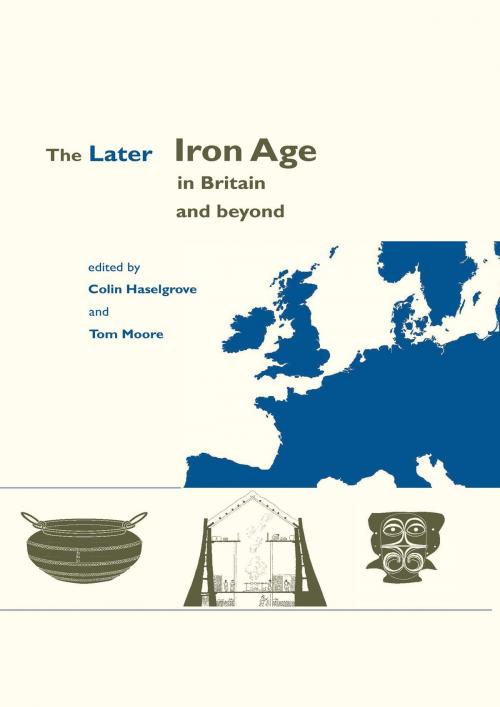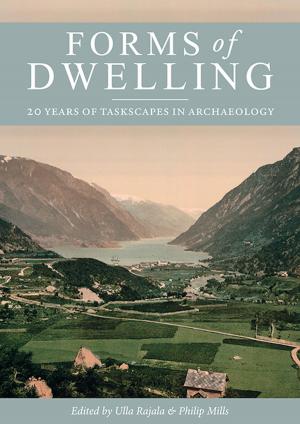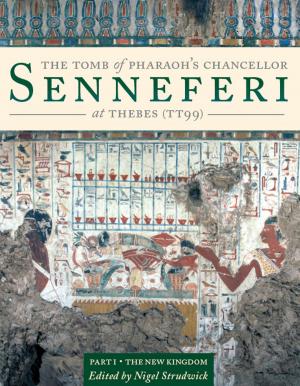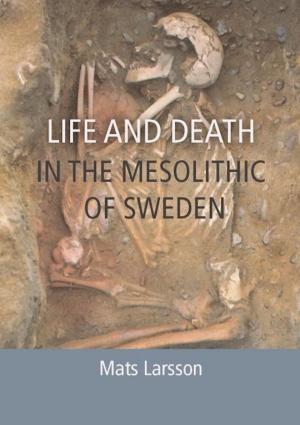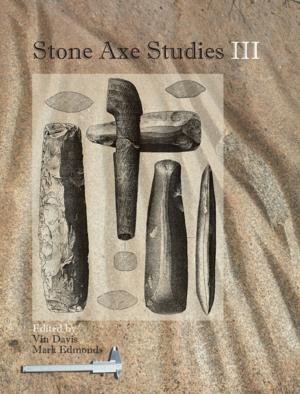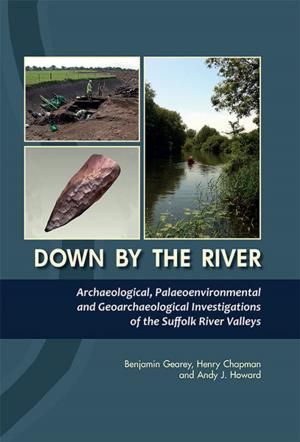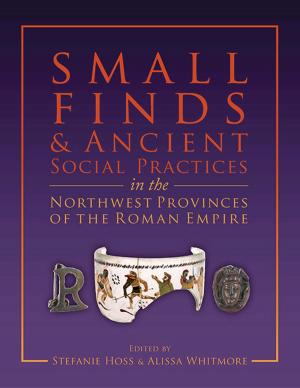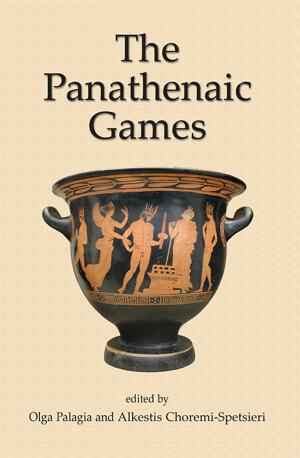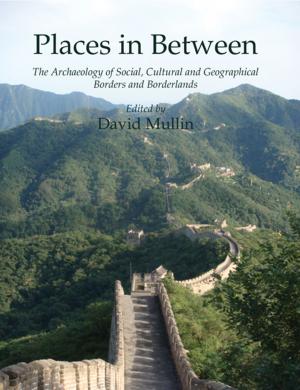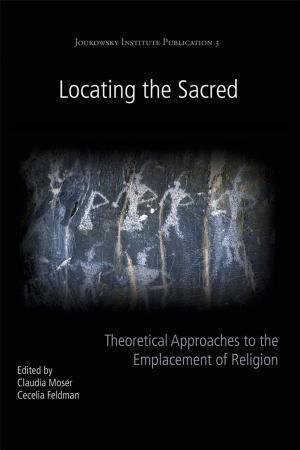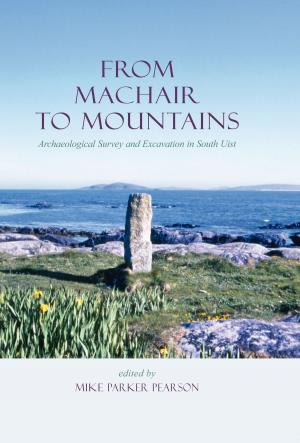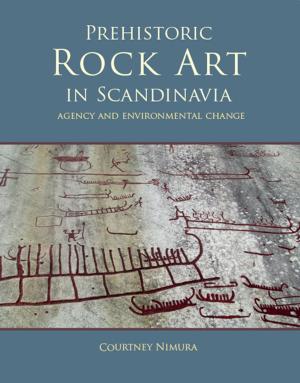The Later Iron Age in Britain and Beyond
Nonfiction, Social & Cultural Studies, Social Science, Archaeology, History| Author: | Tom Moore, Elizabeth Moore | ISBN: | 9781782975526 |
| Publisher: | Oxbow Books | Publication: | December 20, 2006 |
| Imprint: | Oxbow Books | Language: | English |
| Author: | Tom Moore, Elizabeth Moore |
| ISBN: | 9781782975526 |
| Publisher: | Oxbow Books |
| Publication: | December 20, 2006 |
| Imprint: | Oxbow Books |
| Language: | English |
The nature and causes of the transformation in settlement, social structure, and material culture that occurred in Britain during the Later Iron Age (c. 400-300 BC to the Roman conquest) have long been a focus of research. In the past, however, there was a tendency for attention to be directed mostly to southern England and the increased manifestations of Gaulish and Roman influence apparent there towards the end of this period. For the most part, developments in other regions were assumed to be secondary in character and of relatively little significance. Thanks to new work, this viewpoint can no longer be sustained. Throughout Britain, the extent and vitality of the social changes taking place during the later first millennium BC is becoming more apparent, as is the long-term character of many of the processes involved. The time is ripe therefore for new narratives of the Later Iron Age to be created, drawing on the burgeoning material from developer-funded archaeology and the Portable Antiquities Scheme, as well as on new methodological and theoretical approaches. The thirty-one papers collected here seek to re-conceptualise our visions of Later Iron Age societies in Britain by examining regions and topics that have received less attention in the past and by breaking down the artificial barriers often erected between artefact analysis and landscape studies. Themes considered include the expansion and enclosure of settlement, production and exchange, agricultural and social complexity, treatment of the dead, material culture and identity, at scales ranging from the household to the supra-regional. At the same time, the inclusion of papers on Ireland, northern France, the Low Countries, Denmark, and Germany allows insular Later Iron Age developments to be placed in a wider geographical context, ensuring that Britain is no longer studied in isolation.
The nature and causes of the transformation in settlement, social structure, and material culture that occurred in Britain during the Later Iron Age (c. 400-300 BC to the Roman conquest) have long been a focus of research. In the past, however, there was a tendency for attention to be directed mostly to southern England and the increased manifestations of Gaulish and Roman influence apparent there towards the end of this period. For the most part, developments in other regions were assumed to be secondary in character and of relatively little significance. Thanks to new work, this viewpoint can no longer be sustained. Throughout Britain, the extent and vitality of the social changes taking place during the later first millennium BC is becoming more apparent, as is the long-term character of many of the processes involved. The time is ripe therefore for new narratives of the Later Iron Age to be created, drawing on the burgeoning material from developer-funded archaeology and the Portable Antiquities Scheme, as well as on new methodological and theoretical approaches. The thirty-one papers collected here seek to re-conceptualise our visions of Later Iron Age societies in Britain by examining regions and topics that have received less attention in the past and by breaking down the artificial barriers often erected between artefact analysis and landscape studies. Themes considered include the expansion and enclosure of settlement, production and exchange, agricultural and social complexity, treatment of the dead, material culture and identity, at scales ranging from the household to the supra-regional. At the same time, the inclusion of papers on Ireland, northern France, the Low Countries, Denmark, and Germany allows insular Later Iron Age developments to be placed in a wider geographical context, ensuring that Britain is no longer studied in isolation.
